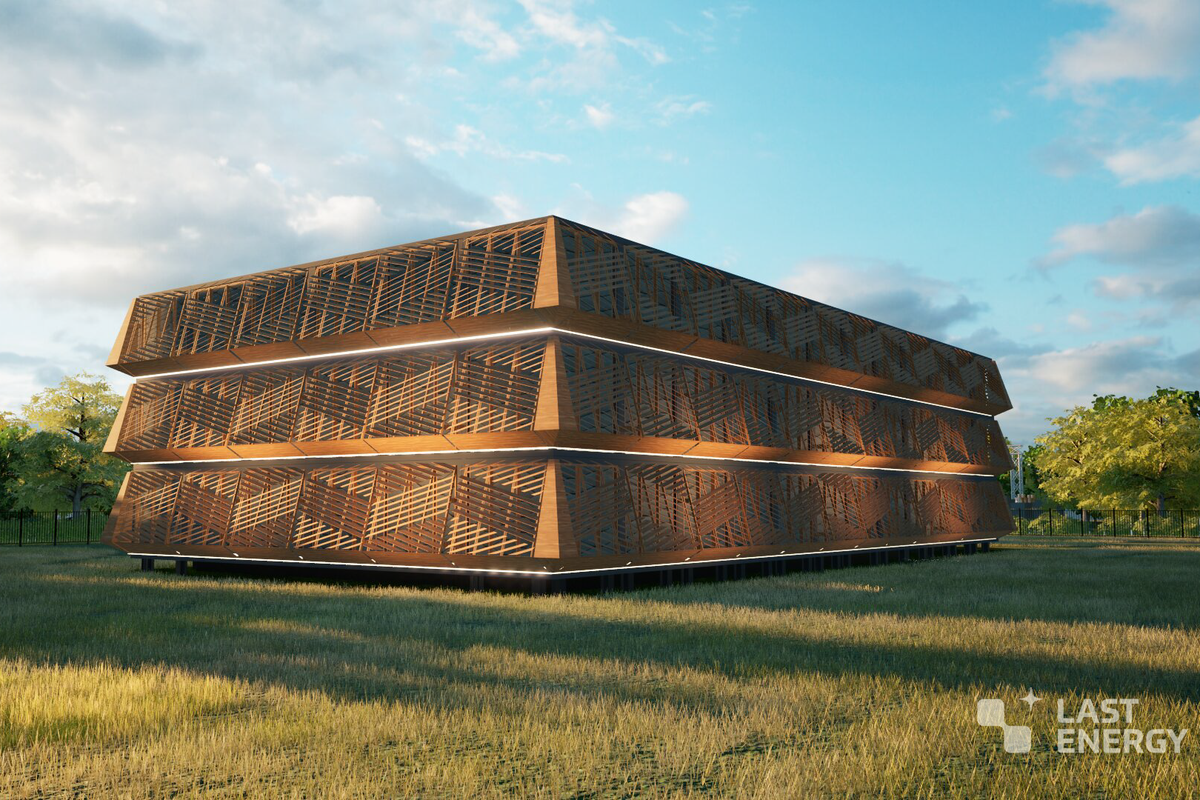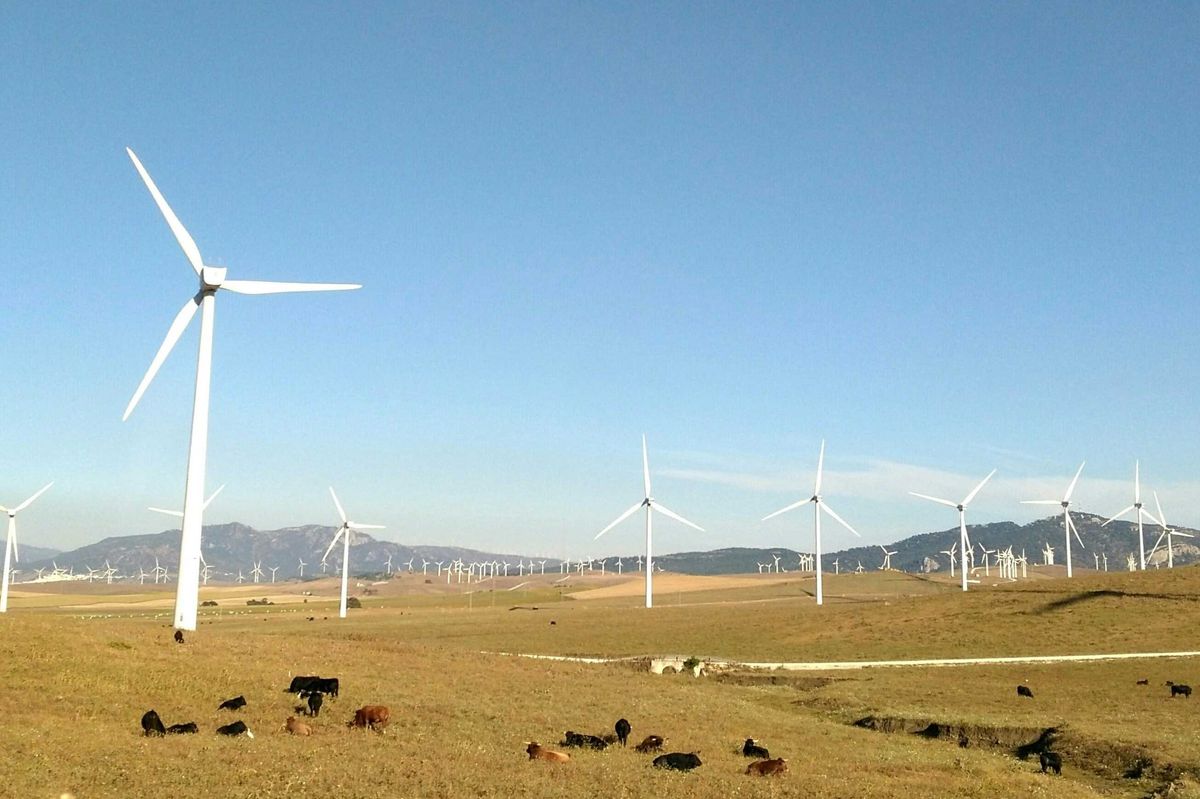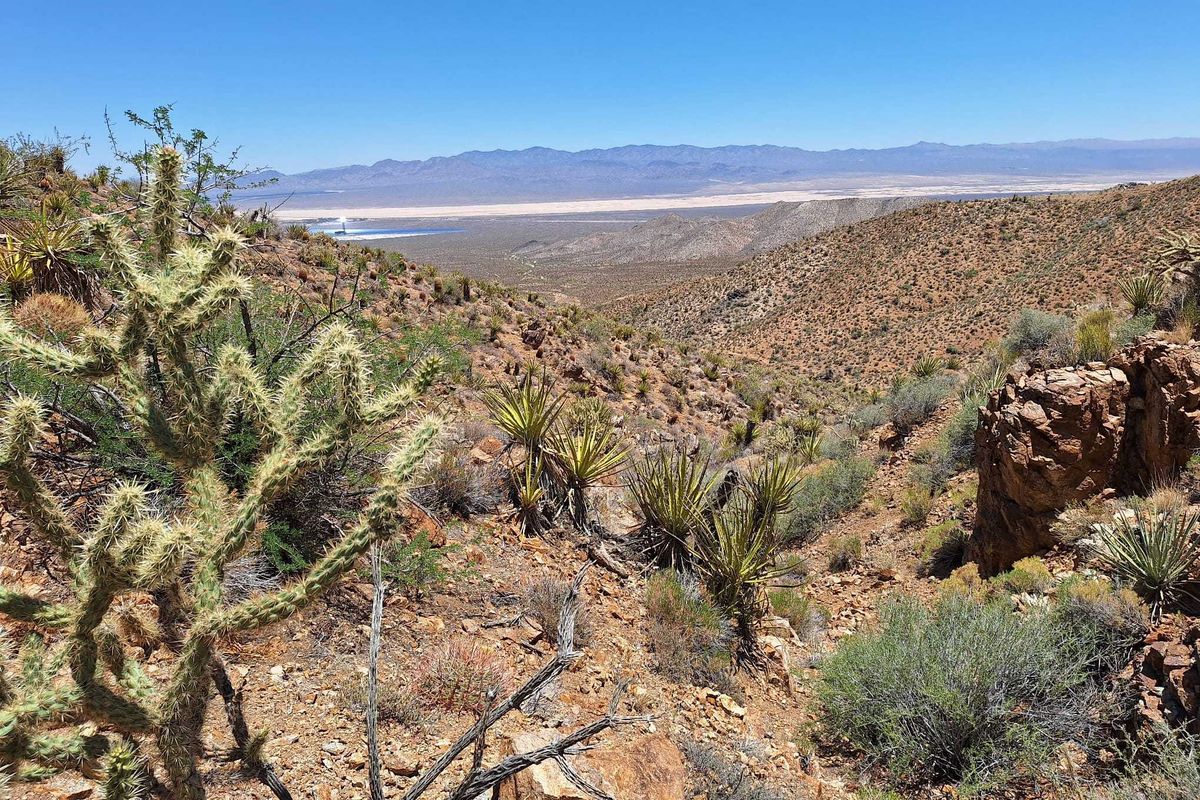A Houston company that advocates for equity and inclusion in the evolving energy sector is closing it nominations for its annual awards program on August 12.
ALLY Energy's 2023 GRIT Awards — honoring companies, nonprofits, and individuals with growth, resilience, innovation, and talent — is slated for October 26. For now, ALLY is looking for the best in the biz to honor at the program.
"We honor the energy industry’s brightest and grittiest talent who contribute to their companies, the energy industry, and their communities," reads the website. "Our awards program recognizes individuals, students, and for-profit and nonprofit organizations that have demonstrated (GRIT) growth, resilience, innovation, and talent with a focus on driving a (JEDI) just, equitable, diverse, and inclusive culture. Best Energy Workplaces℠ give recognition to outstanding energy and climate technology employers."
The nomination categories are as follows:
- The Lifetime Achievement Award
- The Professional Award
- The Executive Award
- The Entrepreneur Award
- The ALLY JEDI Award
- The Gritty Girl
- The ESG and Climate Champion
- The Best Affinity Group, Employee Resource Group, or Business Resource Group Award
- The Best Energy Team Award
- The Best Energy Workplaces Award
The full description and requirements for each category is detailed online.
Once applications close on August 12 at midnight, ALLY's team will decide the finalists and reveal them before September 15.
Last year's honorees included representatives from many Houston energy companies, including Baker Hughes, ExxonMobil, Halliburton, Marathon Oil, Rice University, Saudi Aramco, Shell, the University of Houston, Syzygy Plasmonics, and Wood Mackenzie.










